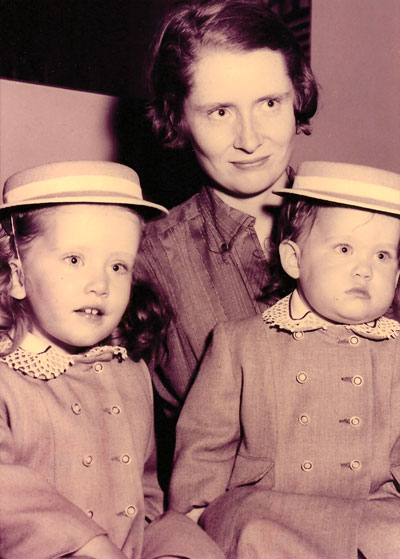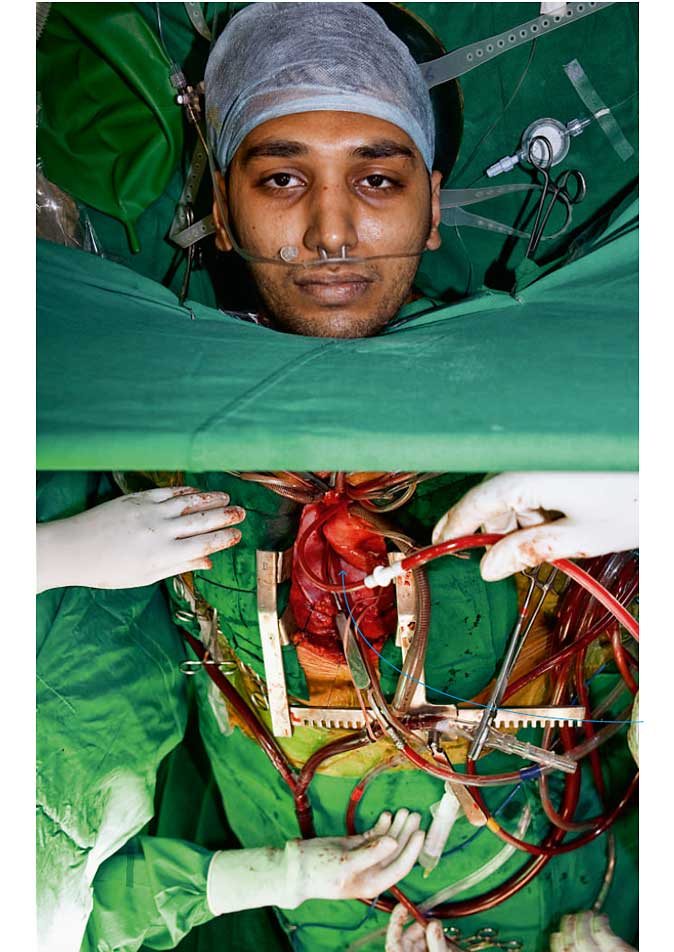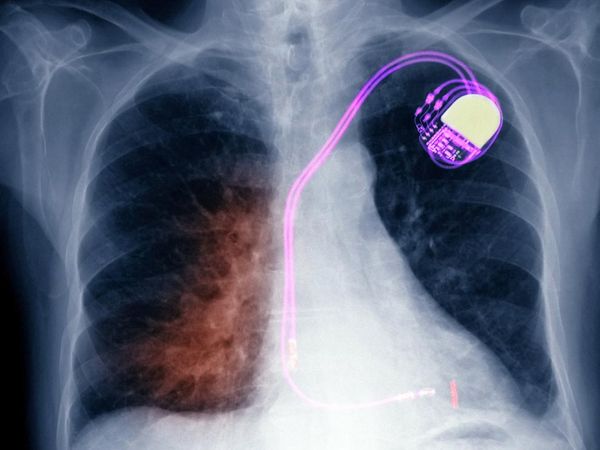With the turn of the calendar to the new decade, the reality of health care reform has set in for doctors and patients. Already cuts to physician salaries and patient access to care are becoming starkly apparent to those of us on the front lines of health care.
I wonder why doctors have been so ineffectual relative to the other special interests “at the table,” in the health care debate? One would think that those with the knowledge base and skill to manage their patients would be the ultimate power brokers in the efforts of health care reform. Yet here we are, watching the commoditization of our profession at the hands of lawyers and politicians in Washington, eager to avoid being perceived as the spoiler.
There appears to be a curious dichotomy, neither very effective, in physicians reactions to the current health care reform plan before our legislature.
One is an almost incredulous, trusting, beneficent universe position of
denial – if I work hard and try to help people, they won’t hurt me, right? Altruism is denial’s cousin in this sense: we need to help everyone and our very beneficence will protect us from harm. I will not suffer, my patients will not suffer, and my family will not suffer because anyone can see that I ask nothing. Selfless quality doctors
by definition have no interest in protection of income, of time, of the profession – just appeasement glorified as humanitarianism.
We see this as our professional membership leaders failed to ask about the details of the health bills before them nor inquired about the potential flaws inherent to comparative effectiveness research promulgated on large, unfiltered populations. Rather, our representatives capitulated and mollified themselves with platitudes: “I’m sure it will all work out, after all, 30 million more people will have insurance.” No thought about the 23 million who still won't receive insurance nor the impact that these policies to save money will have for the majority of patients that currently have coverage.
The very idea that adult professionals are normally called upon to defend and define the boundaries of their profession is an anathema to these purists. We are scientists and technicians and humanitarians after all. And so, we wash our hands of the debate in the public yard. But none of this is in fact true. Underneath is the trusting assumption that if one works hard, if one hurts no one and sacrifices one’ life for the greater good, then the world will protect us. What a lovely simple position to cling to in the remaining months or years before the reform bill is implemented. It’s a stubborn adolescent holding on to a fair universe.
The other popular position appears to be one of extreme passivity and martyrdom. The chief marker of this syndrome appears to be comments about seemingly catastrophic events in a tone of voice normally reserved for the weather. Our pay is set to be cut 21% while 30 million more people will expect to be seen. Pay for performance measures will be the norm, despite no proof of their utility at improving care. Gosh, doctor, it looks you’ll just have to be employees now. Never mind that the majority of doctors serving patients are
not employees of large hospital systems. "Yep, we lost the farm in ’23, as your mother got sick and of course they repossessed the truck…”; the resigned laconic language of hard times. “Nothing I can do about it” has become doctors’ new tag line.
Passivity or denial. As if doctors have no power.
Sadly, as a political force perhaps we don’t. Harnessed with guilt about harming our patients if we set any reasonable boundary whatsoever, perhaps we are hogtied. We are the ones with the skills. We are the ones with the lifesaving relationships. And yet, as a profession, we feel powerless in this debate.
It is interesting to wonder about the source of this empowerment paradox.
To reinforce this observation, in the midst of the final negotiations that will affect every American's health care, a lonely voice in the sea of rhetoric came forth to insist on transparency to the negotiations to consolidate the most important piece of legislation that will affect every one of our patients' lives. Sadly, it was not the
AMA or a collective of physicians voices like
SERMO, but
C-SPAN.
If we as professionals have any gonads or interest in what will ultimately affect the health care of every American across our country, then we ALL should join C-SPAN in their insistence that “all important negotiations” affecting the reconciliation of the final health care bill be televised publicly.
Mr. President, are you listening?
-Wes





